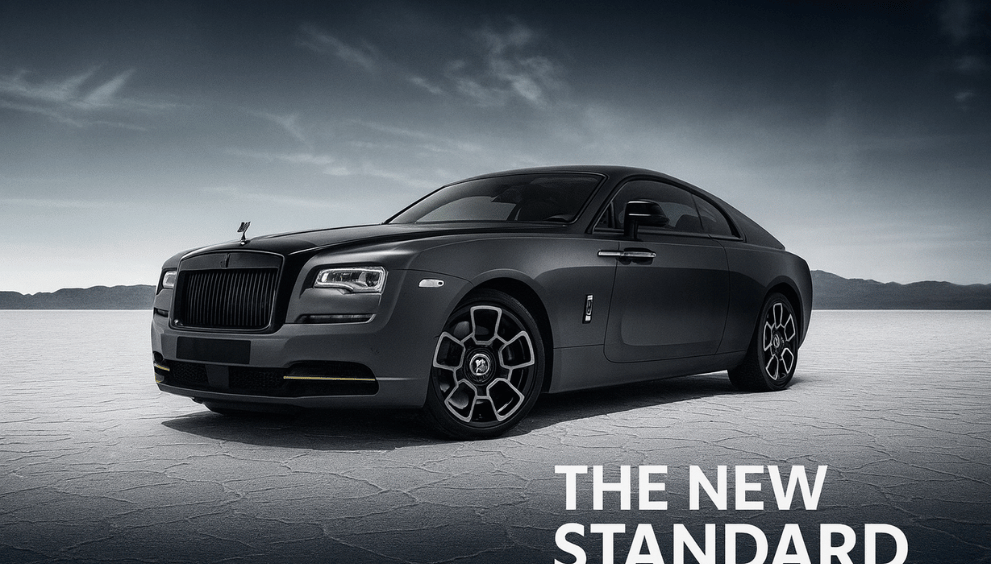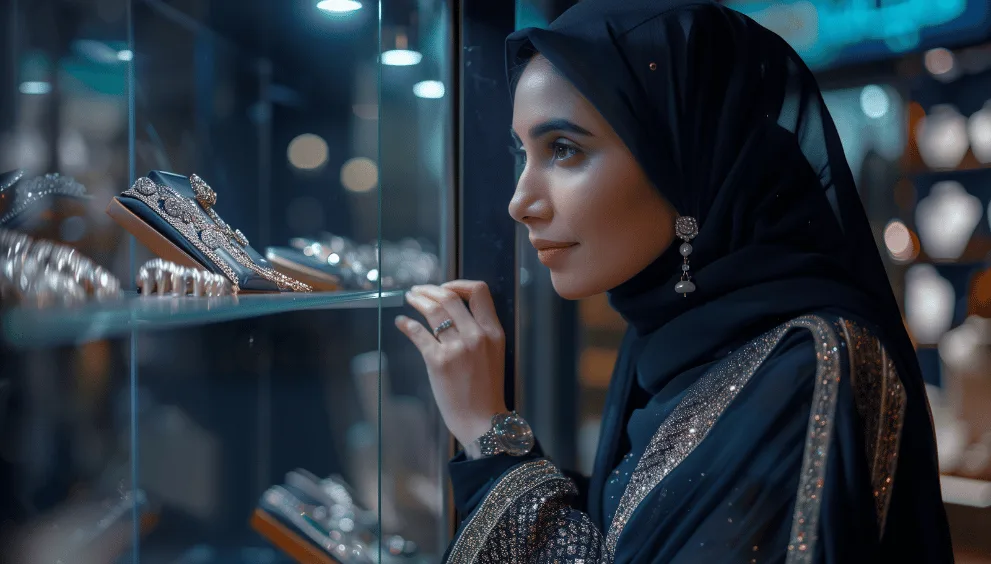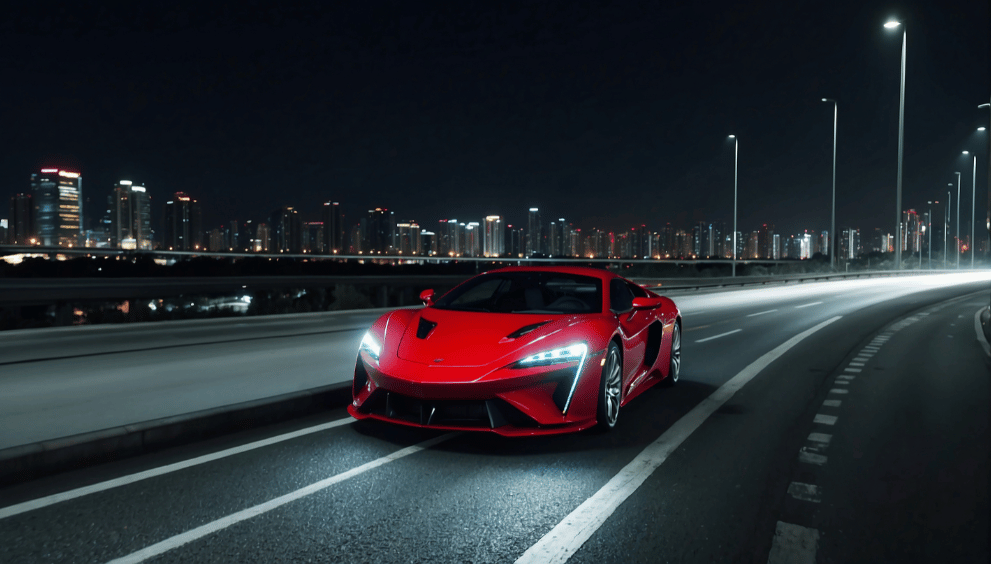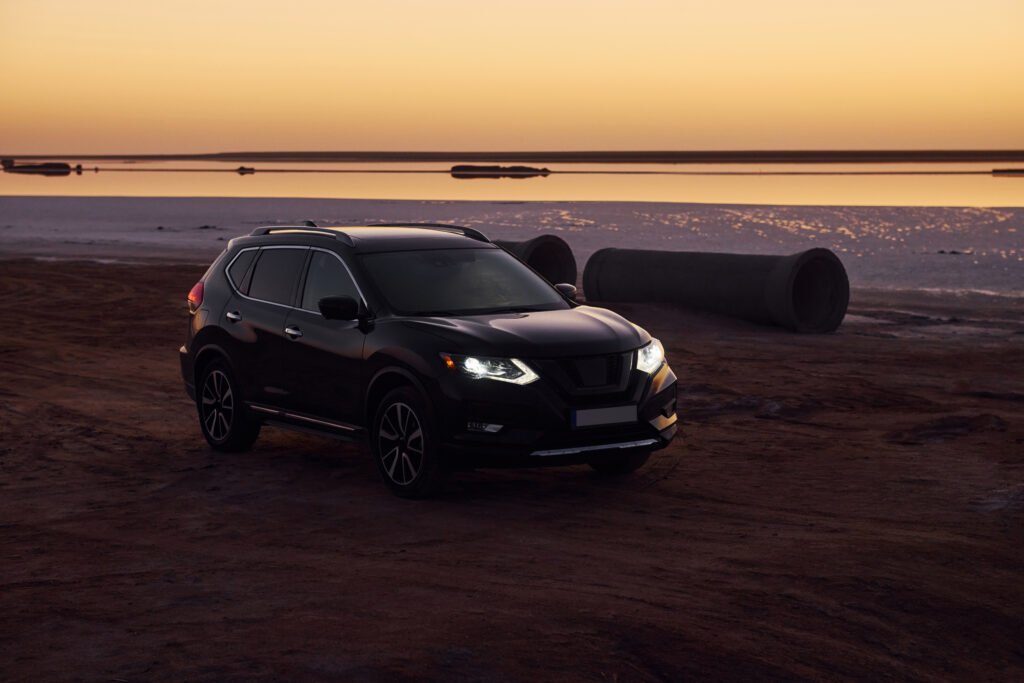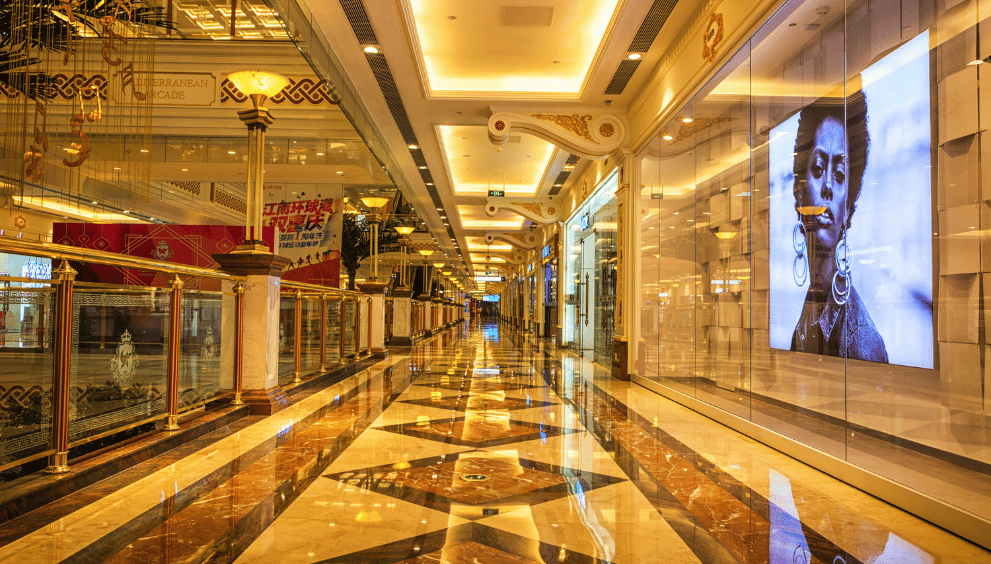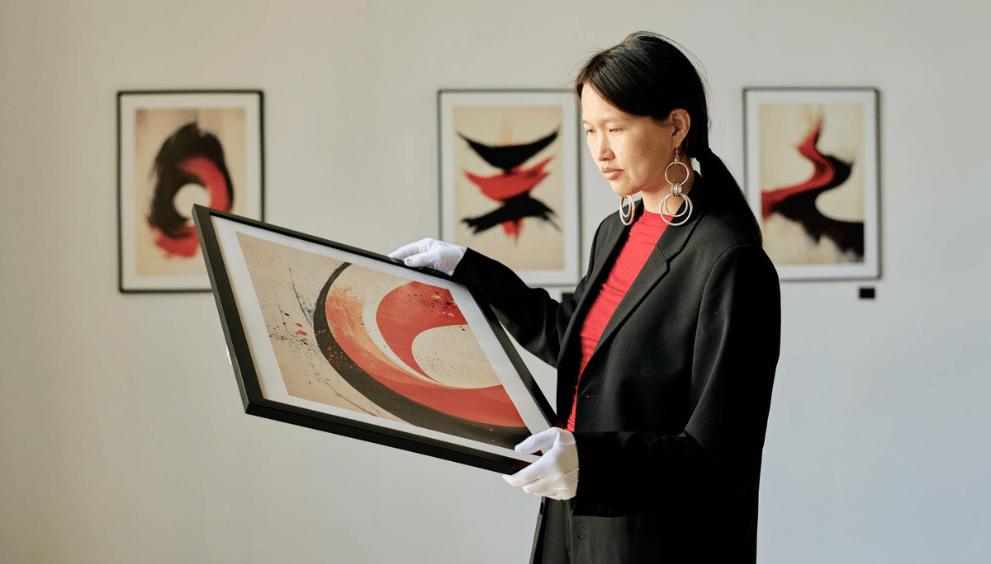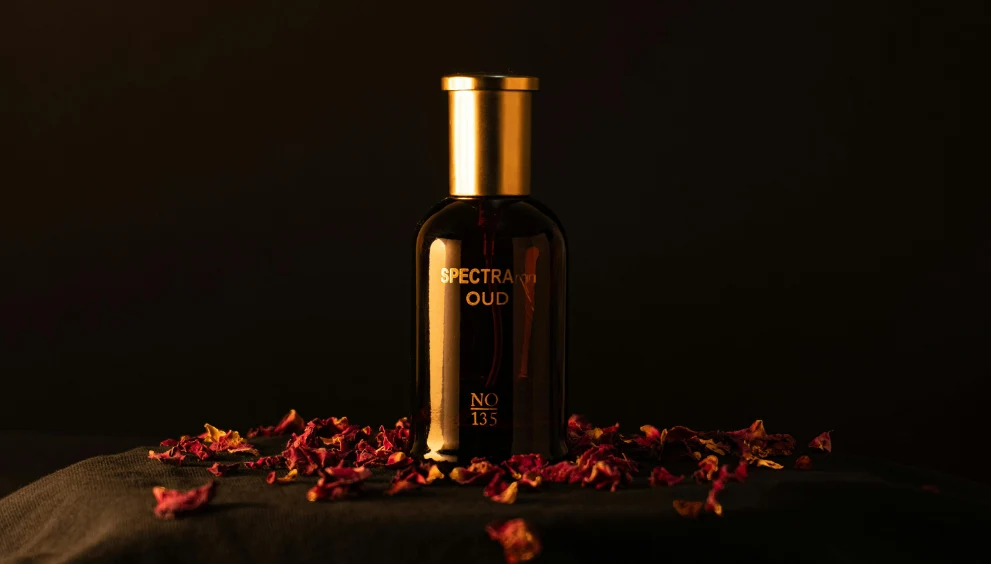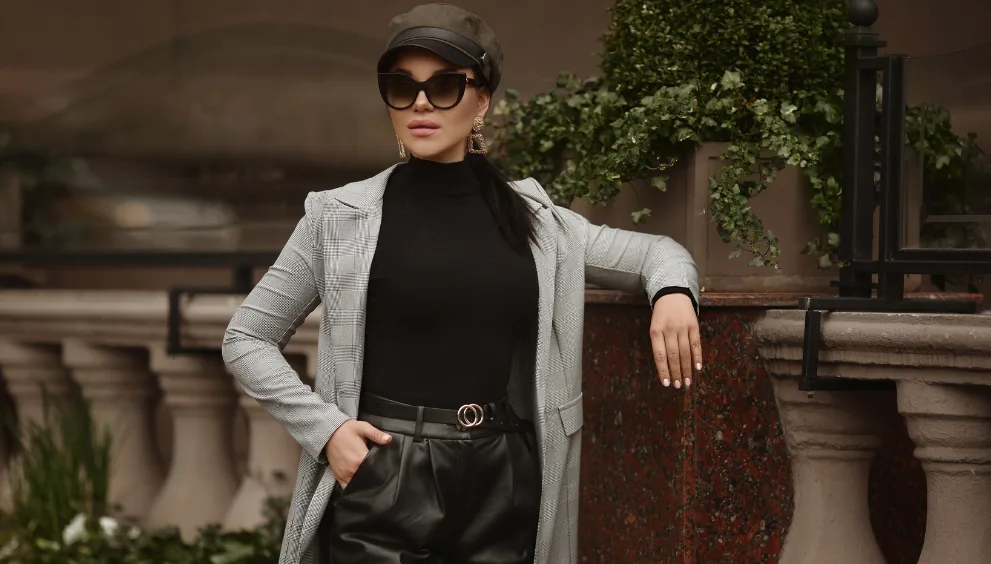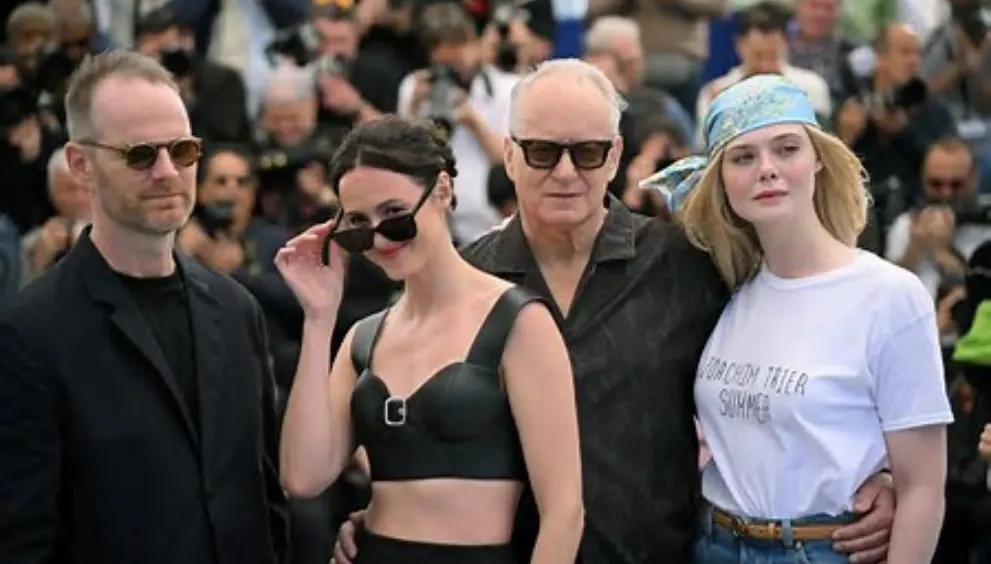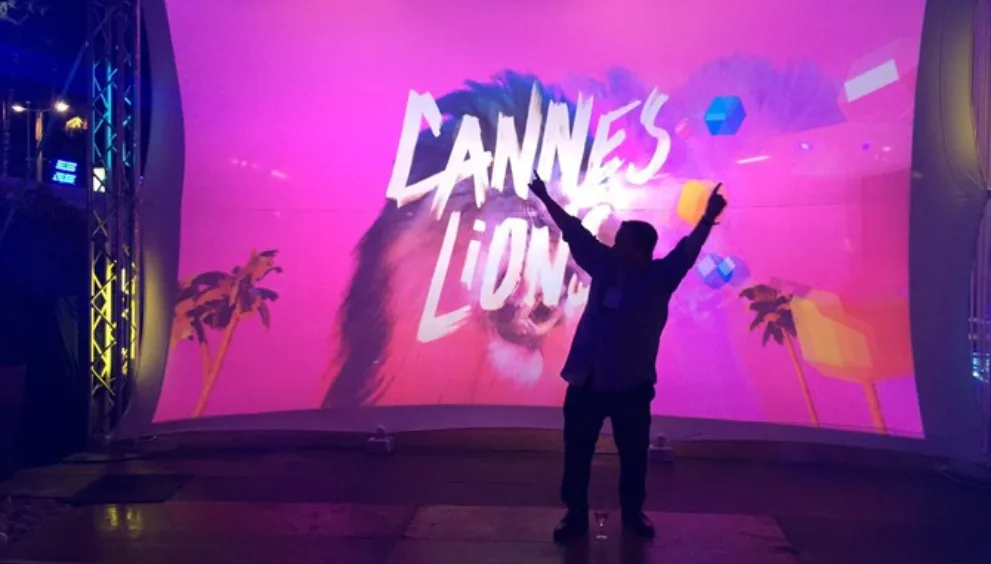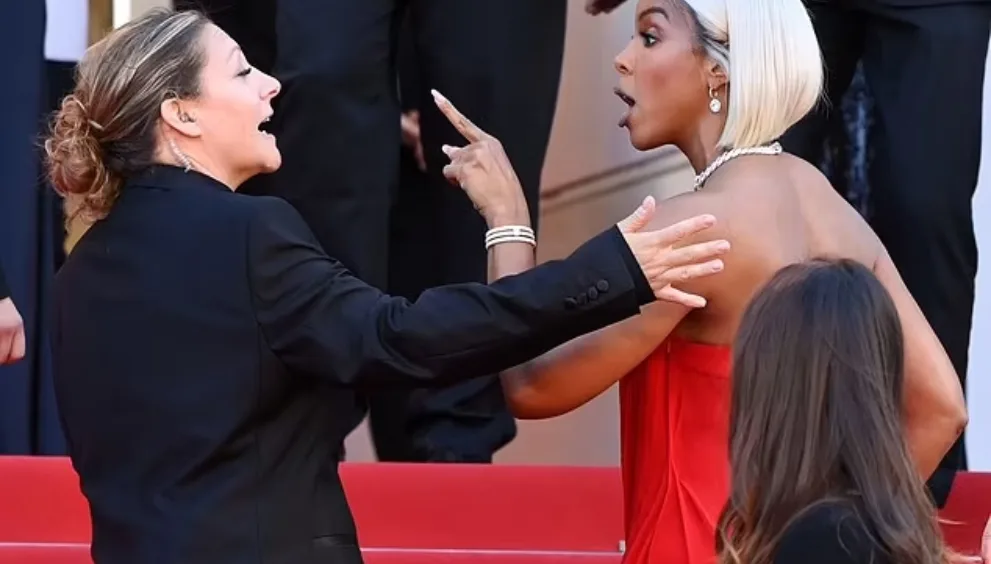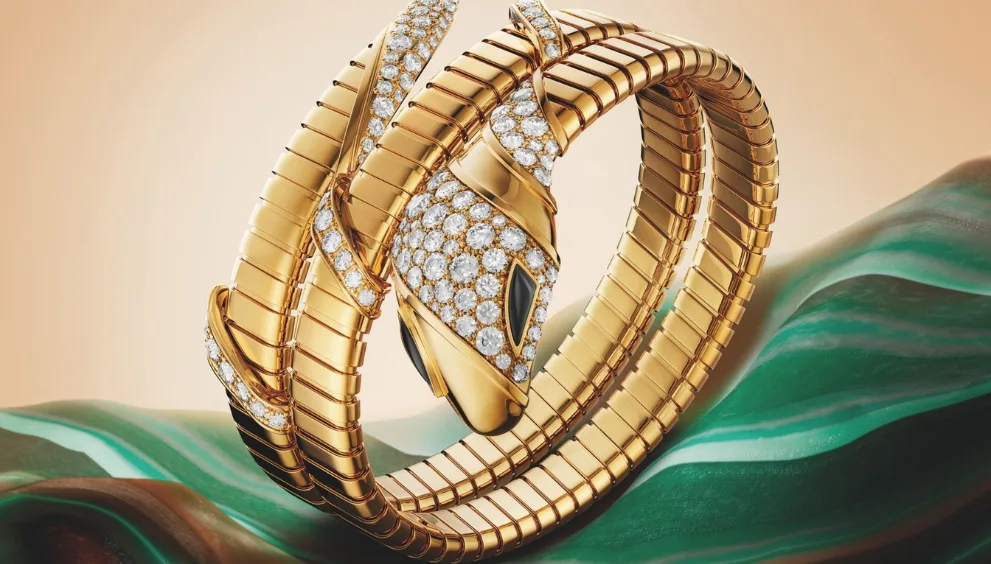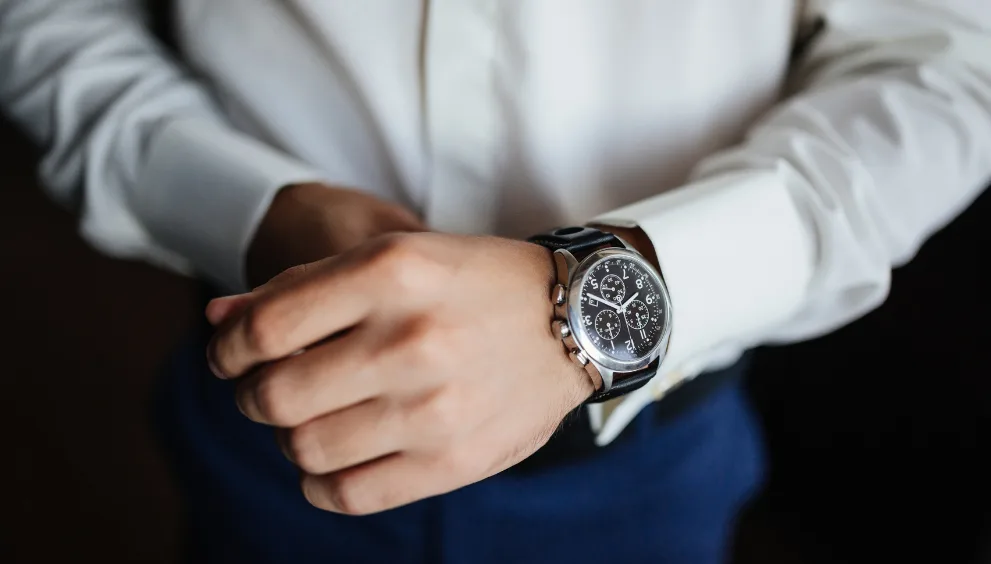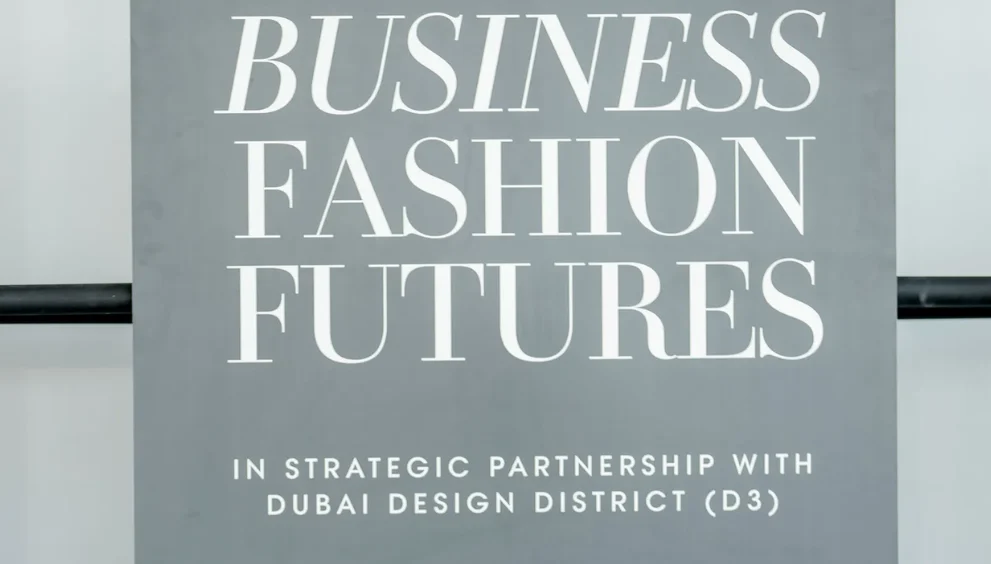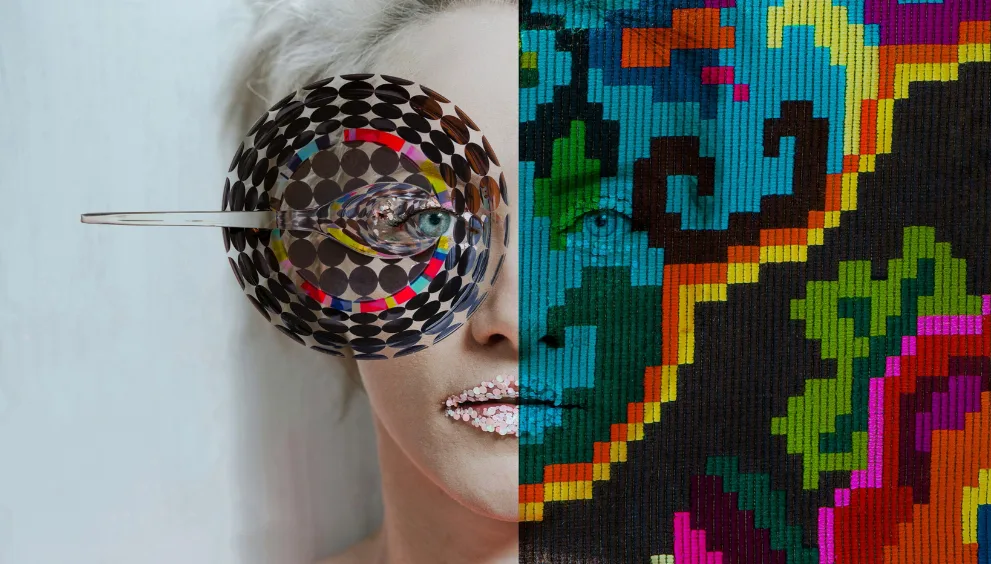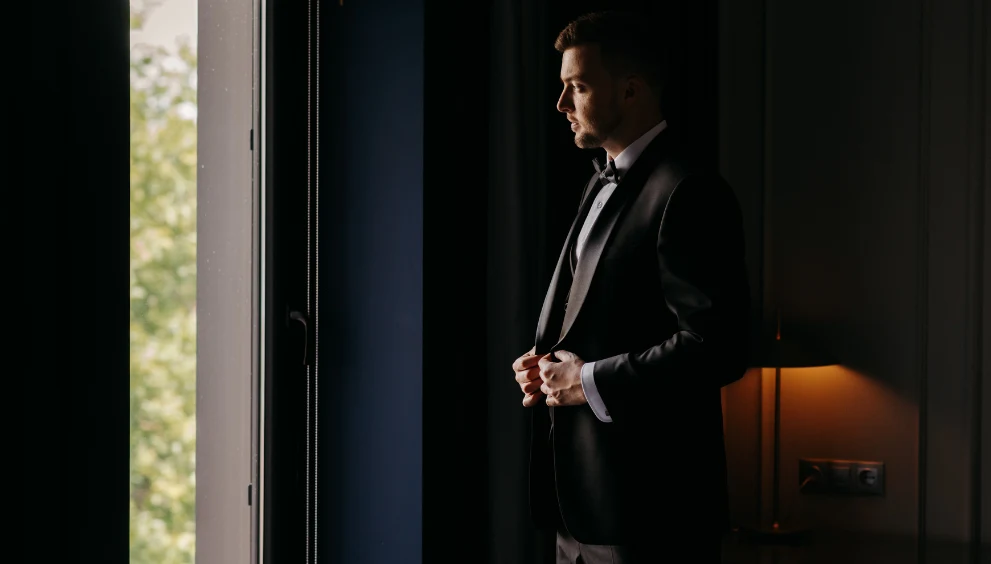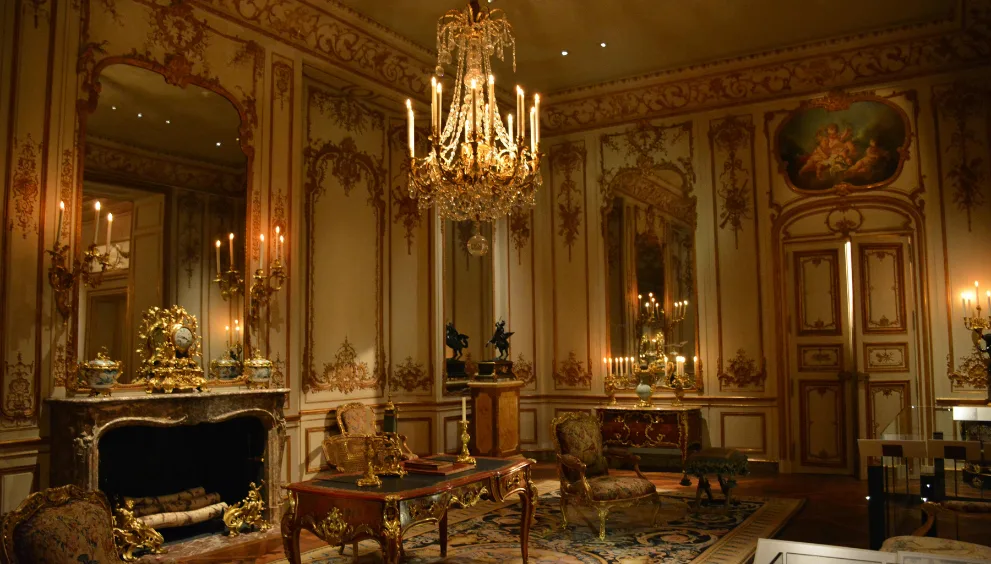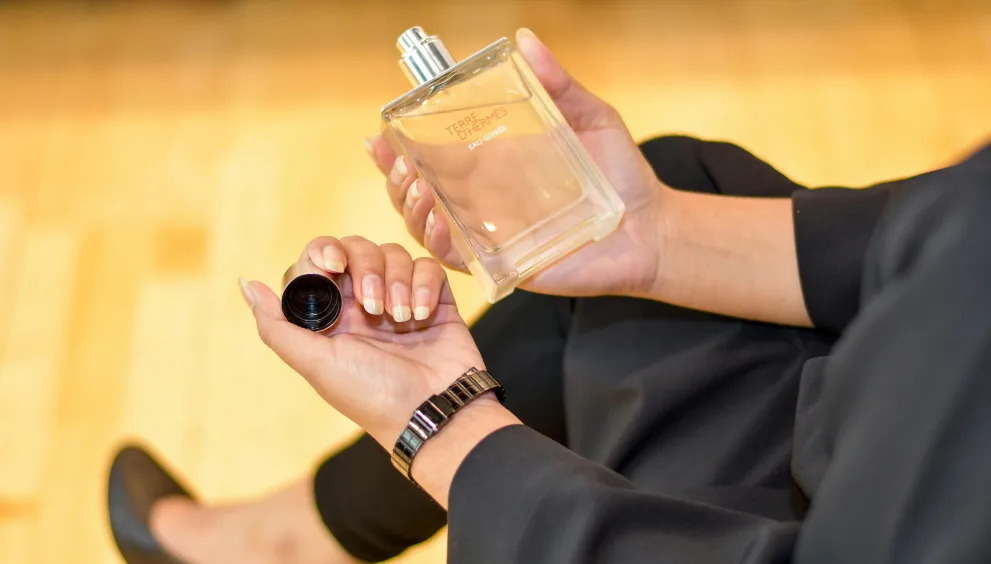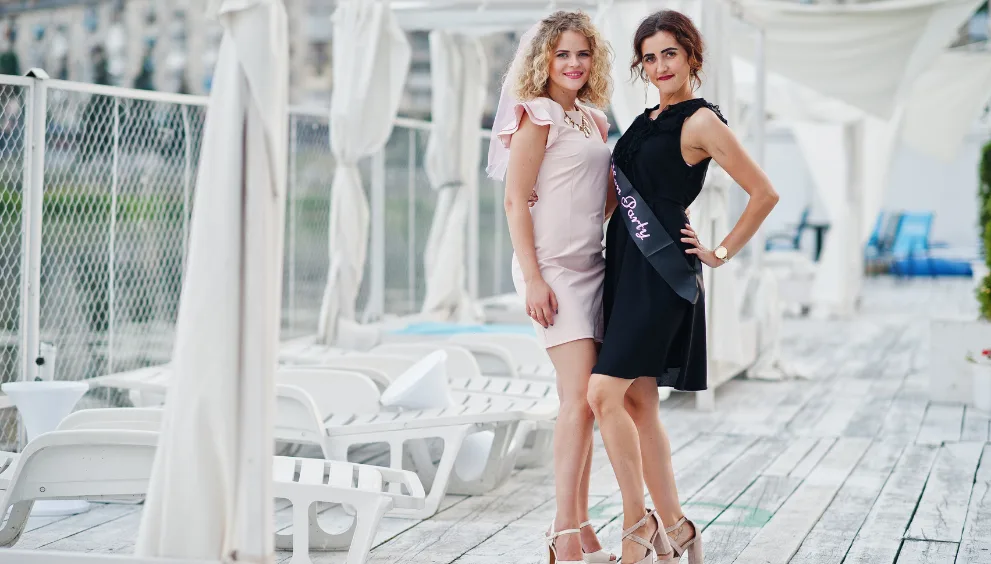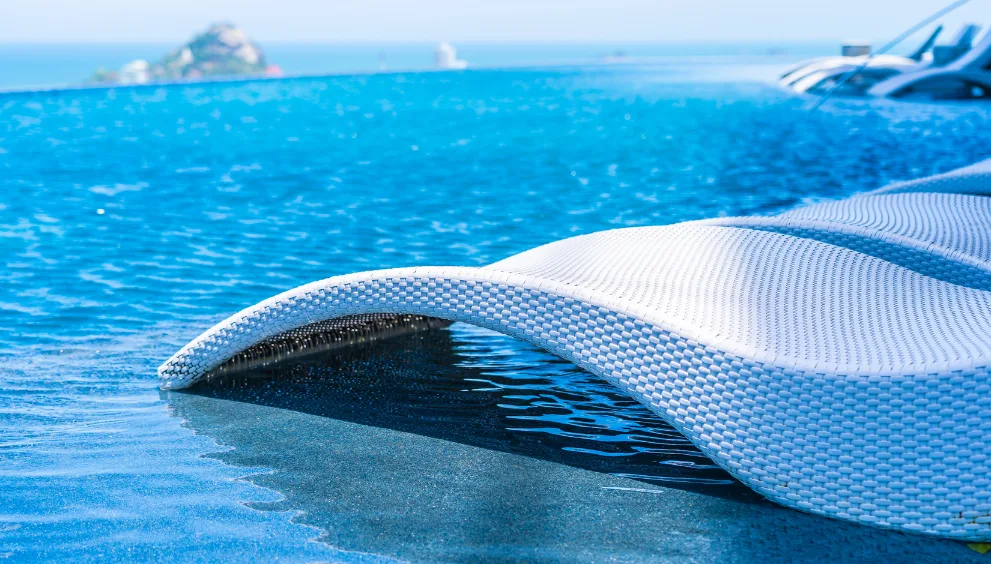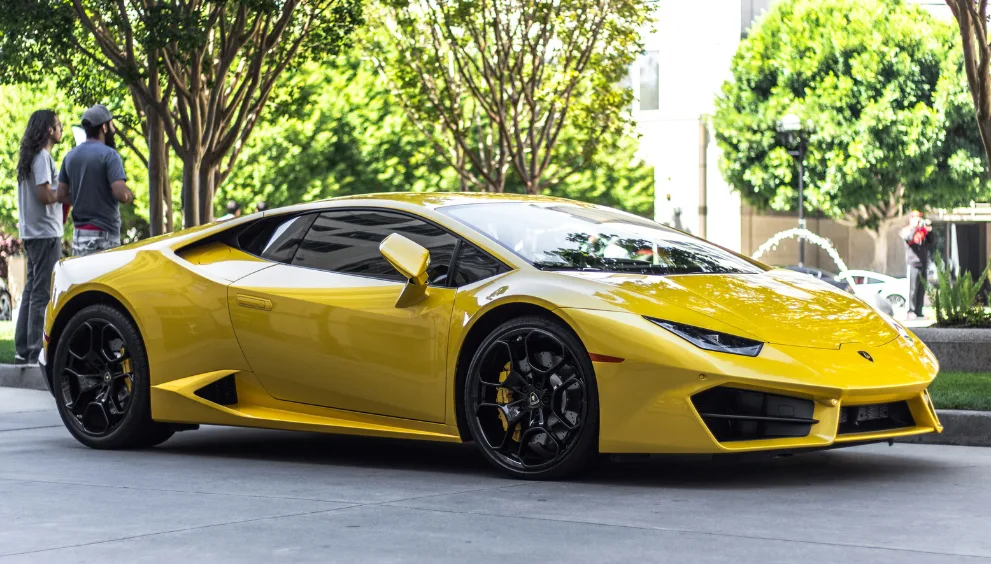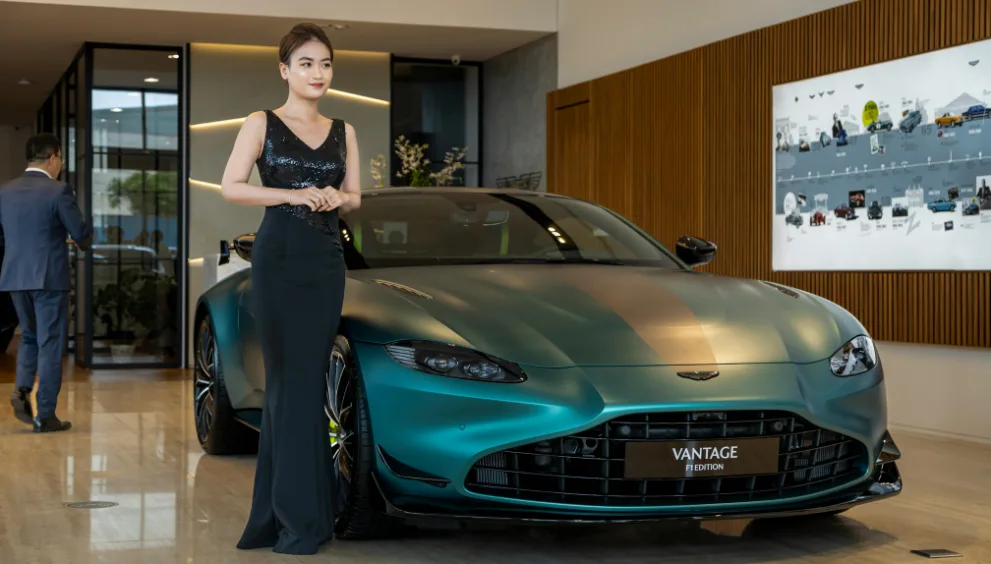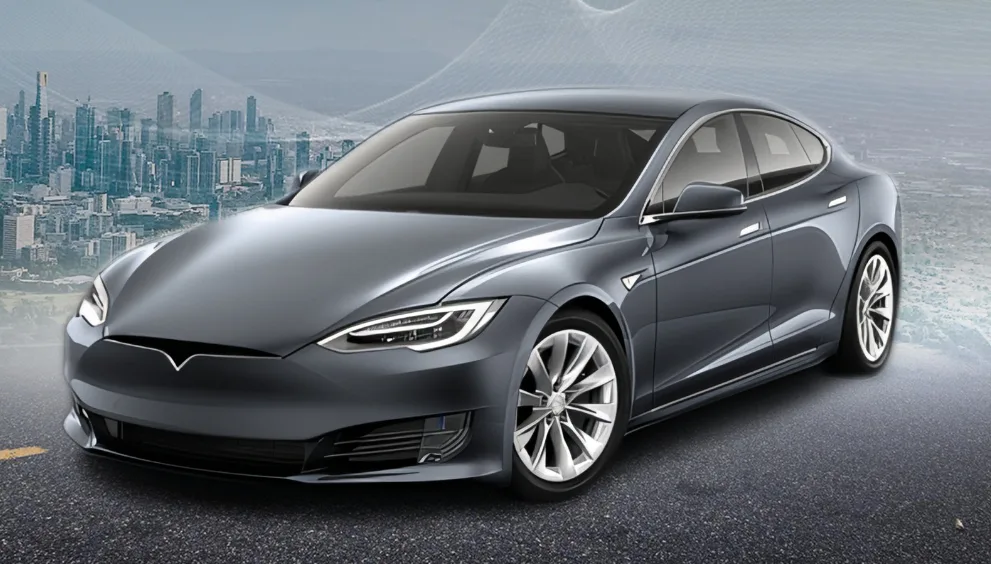
Jun

You Can’t See It, But It’s Expensive: Mastering the Art of Invisible Luxury
-
Anshuman / 6 months

- June 6, 2025
- 0
- 4 min read
In a world where everyone’s clawing at each other to be seen, the most elegant thing you can do is.. not. No screaming logos. No loud patterns. No obvious status symbols. Just quiet confidence, impeccable taste, and pieces that don’t say “I’m rich”—but still somehow feel like money.
Folks, welcome to the era of invisible luxury. It’s not about being modest. It’s about intentionality. This new (yet old) approach to wealth and style doesn’t flaunt—it whispers. And lately, that whisper has become a roar across fashion, interiors, and even lifestyle choices.
So, What Is Invisible Luxury?
Invisible luxury is the $800 sweater with no logo—but made from cashmere so soft it feels like a cloud. It’s a watch with heritage instead of hype. Those handmade loafers that somehow always draw compliments—not because of a logo, but because they just look right. It’s about quality over flash, craftsmanship over clout, and timelessness over trends.
And while the term may sound new, the idea is anything but. If it feels familiar, that’s because it’s been sitting quietly in the closets and homes of the wealthy for generations—especially among those who were raised with money, not just those who earned it.
Enter – Old Money
Invisible luxury is the core on which the “old money” trend is born. Its cultural fascination with understated elegance, inherited taste, and a kind of effortless sophistication that doesn’t beg for attention.
Think Ralph Lauren cable knits, Hermès scarves tied like heirlooms, tailored trousers, and minimalist interiors that cost more than a downtown condo but look like they came from your grandmother’s beach house.
Old money doesn’t need to prove anything—because it never had to. It’s not about chasing the new; it’s about appreciating the well-made, the well-aged, and the well-lived. Invisible luxury borrows that energy: it’s not about how much something costs, it’s about why it’s worth it.
Minimalism, Except the Price
This shift is also riding the wave of modern minimalism—but not the kind you see in Ikea ads. This is high-end minimalism: warm woods, rich textures, earth tones, and pieces that look simple but feel sublime.
A plain white T-shirt? Not if it’s hand-stitched, perfectly weighted, and made from rare Japanese cotton. A quiet, open space? Only if it has a $20,000 sofa that blends into the wall like art. That’s the paradox of invisible luxury—it hides in plain sight.
The fewer the items, the more each one matters. And when something is truly special, it doesn’t need to shout.
Another reason invisible luxury is having its moment? People are tired—tired of fast fashion, tired of trend cycles, tired of things falling apart after a few wears.
Consumers, especially millennials and Gen Z, are investing more in long-term pieces. They’re looking for things that last, both in quality and in style. A good leather jacket, a classic pair of penny loafers , a handbag that will still be beautiful 10 years from now—that’s the new aspiration.
It’s not just about buying less. It’s about buying better.
The Brands That Get It
Some of the loudest players in fashion have had to adjust to this quieter tone. Meanwhile, others have been mastering the art of invisible luxury all along.
Ralph Lauren is a perfect example. The brand’s Purple Label and Collection lines don’t scream—they glide. It’s refined, elevated, and distinctly American without being gaudy. And when in doubt, you just can’t go wrong with a good old fashioned Polo shirt, now can you?
Other brands in the same orbit like Massimo Dutti Loro Piana, and Max Mara are more labels that focus on fabrics, fit, and craftsmanship. No flash. Just finesse . The message is clear: subtle is the new status.
At the core of invisible luxury is a mindset: I know what I have. I don’t need to prove it to you.
It’s the opposite of the influencer economy. It’s anti-Instagram. It’s the confidence that comes from knowing your shoes are the best in the room, without having to show everyone they are, with a loud braggadocious logo. That’s an invisible luxury doing its job. It doesn’t grab the spotlight. It sets the tone.
It’s timeless. It’s subtle. And yes—it’s still expensive.
You just wouldn’t know it at first glance.
- quiet luxury fashion



